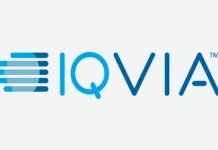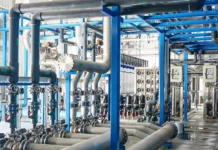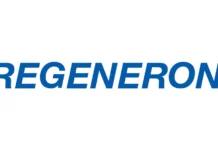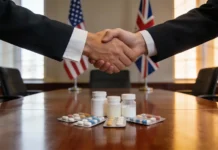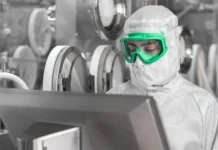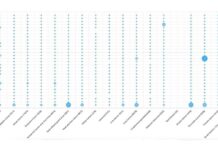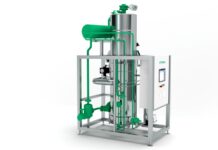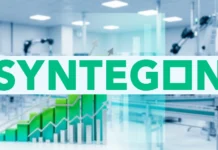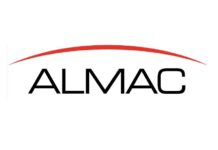The pharmaceutical sector significantly impacts global and regional economies, continually evolving through various industry trends. Packaging plays a vital role in this sector.
Currently, the packaging ensures patient safety by providing essential product information, tamper resistance, and traceability. Pharmaceutical packaging encompasses delivering necessary information while maintaining the integrity and stability of the goods.
In 2023, the Indian pharmaceutical packaging industry was valued at USD 5.96 billion, with a projected CAGR of 7.8%, expected to reach USD 12.50 billion by 2033.
With 1.35 billion people, India is the second most populous country. The nation’s healthcare infrastructure has advanced significantly through technological advancements and product innovations in the pharmaceutical sector. Despite these improvements, chronic diseases have risen exponentially.
A significant trend is the increasing demand for personalized medicines, driving the need for various drugs and advanced packaging solutions. As sustainability regulations gain importance, key companies in the pharmaceutical packaging sector are focusing on PCR materials, bioplastics, and compostable materials to create innovative solutions aligned with these regulations. This trend is expected to offer lucrative opportunities in the coming years.
India ranks as the third-largest pharmaceutical manufacturer due to its extensive raw material base and skilled workforce. The country provides lower manufacturing costs compared to developed regions like North America and Europe and is the largest global supplier of generic medicines. This has increased the demand for efficient packaging solutions.
Regulatory bodies, such as the Ministry of Health and Family Welfare’s Central Drugs Standard Control Organisation (CDSCO), enforce strict guidelines for traceability, labeling, and packaging of raw materials. These regulations also scrutinize the pharmaceutical packaging production process, prompting companies to develop energy-efficient manufacturing ecosystems nationwide.
User-friendly packaging is becoming more prevalent in the Indian pharmaceutical industry, driven by the increasing infant and elderly populations and those with disabilities. Features like easy-to-tear blister packs and ergonomic bottles are becoming more common.
Pharmaceutical manufacturers are also enhancing packaging aesthetics to differentiate brands and boost consumer trust. Attractive graphics, high-quality printing techniques like 3D and digital printing, and premium finishes enhance product value. Clear and informative labeling is crucial for effective consumer communication.
Technological advancements in the pharmaceutical packaging industry have introduced tamper-evident packaging to combat drug counterfeiting and ensure safety. Features like tamper-proof seals and holograms indicate package tampering, maintaining consumer trust and regulatory compliance.
Integrating technologies like QR codes, barcodes, and NFC tags is gaining traction, providing consumers with accurate product information, dosage requirements, and other relevant content on smartphones or other devices.
Smart pharmaceutical packaging goes on to benefit the manufacturers by way of improving inventory management as well as drug traceability. Additionally, regulations and safety concerns have led to the adoption of child-resistant packaging to prevent accidental ingestion by children, positively impacting the market.
In summary, the pharmaceutical packaging industry is undergoing transformative changes. Industry trends and developments present both opportunities and challenges. To thrive in a competitive environment, pharmaceutical packaging companies must focus on innovation, technology adoption, and strategic partnerships.




